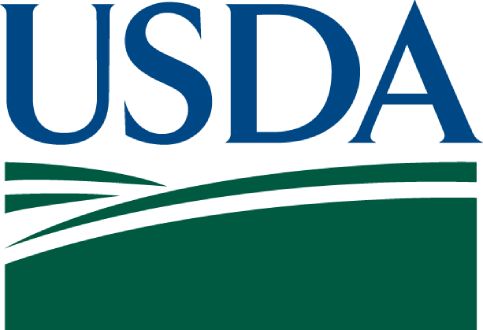U.S. Department of Agriculture, Food and Nutrition Service

The Supplemental Nutrition Assistance Program (SNAP), administered by the Food and Nutrition Service (FNS) of the United States Department of Agriculture (USDA), provides nutrition assistance benefits to low-income individuals and families in an effort to reduce hunger and improve the health and well-being of low-income people nationwide. SNAP targets benefits to the neediest households; poorer households receive greater SNAP benefits than households with more income.To counter rising food prices and provide SNAP participants with enough resources to purchase food, the American Recovery and Reinvestment Act (ARRA), enacted in February 2009, raised the maximum SNAP benefit by 13.6 percent, effective April 2009.
Evidence & Insights From This Project

Emergency Food Pantry Use Among SNAP Households with Children (Issue Brief)
This issue brief examines the association between SNAP participation and pantry use for households with children recently enrolled in SNAP.
Learn MoreRelated Staff
See Clearly. Act Quickly.
From local to global challenges in health, human services, and international development, we’re here to improve public well-being and make progress together. Learn more about becoming a Mathematica client or partner.
Work With Us




